Since its establishment, Indian media is known as a tool for promoting democracy and exposing the ill giving's that may be happening within government bodies. Many agree that media is a very powerful tool in promoting democratic rights of nations. Media supplies people with information, news, entertainment, analysis that informs society and is a part of society that should never be ignored. And that is why an informed media is often referred to as the fourth estate of democratic politics.
A few years ago the print media was the main mass media channel which reported on political conditions prevailing in the country. But today political information is dominant on the national television channel as well as the satellite channels. All these media channels compete with one another to bring people closer to the political processes, important issues linked to them and their probable effects on society. Politics in India is essentially local and India's voters elect their representatives based on small local and regional issues, instead of the big national issues. As a result, election rallies and door-to-door canvassing, supplemented by local hoardings and print ads in the vernacular languages have traditionally been at the core of election campaigning in India.
Newspaper, radio, television, and the Internet, including e-mail and blogs are usually less influential than the social environment, but they are still significant, especially in affirming attitudes and opinions that are already established. The news media focus the public's attention on certain personalities and issues, leading many people to form opinions about them. Government officials accordingly have noted that communications to them from the public tend to follow the headlines.
Television has given nationwide recognition to marginal leaders of marginal parties. In the age of the television election, politicians are being coached on how to speak, when to speak, and even on what clothes look good and TV politicians are becoming brands. It with is a new age election campaign. Elaborately designed chariots and vans make way for helicopters and staid bullet proof Ambassadors, traditional propaganda techniques give way to satellite and cable TV networks.
Many factors influence the effects of political communication on diverse segments of society. Since India's population constitutes a large rural populace the differential effects of media campaigns on the rural and urban population deserve special attention. With the last phase of voting ending today, May 13, we have seen all kind of political campaigns in the last three months. There is little doubt that the growing number of television news channels as well as newspapers have provided wider and deeper coverage of elections. But how has the media boom impacted a critical aspect of democracies - voter turnout, the view will be clear only on May 16.
Courtesy - Televisionpoint
Wednesday, May 13, 2009
Subscribe to:
Post Comments (Atom)


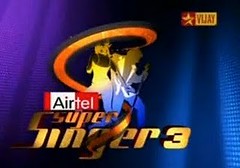

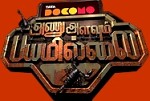


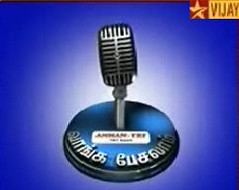

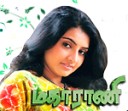
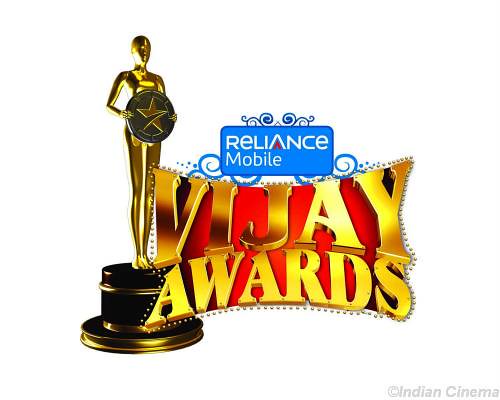
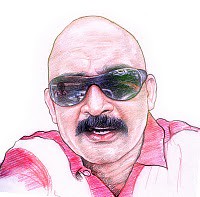
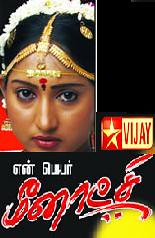



No comments:
Post a Comment